Dive Weights Buying Guide
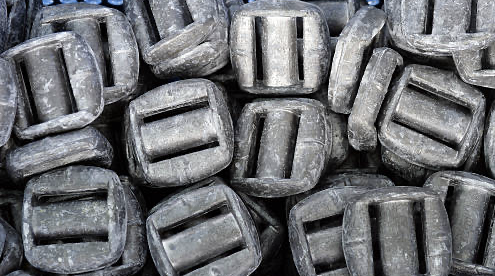
One of the most important tasks for a diver is to ensure their weight system is set up correctly. You need the correct system, and the correct amount of weight, correct distribution of weight and also to adjust to the conditions of the dive.
This article will help you work with these requirements and give you the best start to dive weight selection.
The first step is to work out how much dive weight you need. There are 3 main elements to consider:
- You: Your weight and your BMI (Body Mass Index).
- The water you are diving in: Salt water makes you more bouyant, so you'll need more weight.
- The dive equipment: All equipment will factor into the calculation of weight needed, but the biggest impact is from the thickness and type of suit used (dry suit, wetsuit, etc.) and the type of cylinder you use. Every wetsuit holds air in the neoprene material and this makes them all bouyant and this bouyancy is increased the thicker the suit is. When it comes to cylinders, aluminium is lighter than steel so you will need more weight when you use aluminum. The more you use a cylinder and the emptier it gets, the more bouyant it becomes too!
Dive Weight Check
Learning how to weigh yourself properly is the next important step. The following tests will give you a good starting point to gauge your current weight needs. If any variables in your dive changes, you'll need to test again.
Scuba Diving
Scuba divers are first taught that when you're on the surface, in a vertical position and breathing normally, with no air in your BCD, the surface of the water should come half way up your mask. But this is only a crude check. You can find step-by-step instruction on how to properly perform a weighing test in our article Perfect Scuba Diving Weighting.
Apnea Diving
For snorkelling and spearfishing you need to be neutrally buoyant on the surface. When you're on the surface, in a vertical position and breathing normally, the surface of the water should come half way up your mask. You should always carry out a test dive to try out your weighting. It's recommended to start with a few weights and gradually add more to achieve neutral buoyancy.
Snorkelling
When snorkelling you only need to be slightly weighted so as to make it easier to move through the water. Be aware that more weights are only needed if you want to leave the surface and spend some time underwater (apnea diving).
Dive Weight Systems
You need to think about the type of weight system you'll use. It's important to understand some of the differences before you pick one to buy.
Integrated Weights
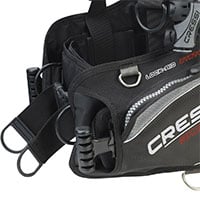
BCD Integrated WeightsAn integrated weight system is one that is built in the BCD. Two removable weight pockets on either side allow you to divide your weight and quickly dump it in an emergency.
Many BCDs also have trim pockets in which you can place small weights and fine-tune your balance in the water. So, if you choose a weight integrated BCD, you may only need to get the appropriate weight increments of hard weight ingots.
Weight Belts
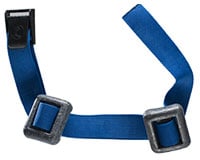
Weight BeltWeight belts are generally 50 mm (2 inch) wide with slotted lead weights threaded onto them. The weight belt is fastened around the waist on the outside of the wetsuit and comes with a quick release buckle which can be easily removed in emergencies.
Most weight belts have one of the following types of quick release buckle: a plastic buckle that doesn't wear as well and tends to open on its own over time; a stainless steel metal buckle that's more wear-resistant; and an aluminium buckle which we find are too delicate. Buckle designs vary with two, three and even four slot versions available. See How to Thread a Weight Belt Buckle.
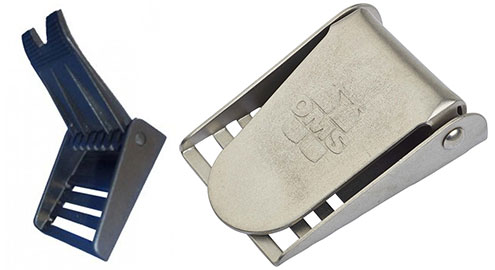
We strongly recommend the use of a stainless steel quick-release weight belt buckle with three slots, the first slot being able to take two thicknesses of webbing strap.
Best Weight Belt Buckle
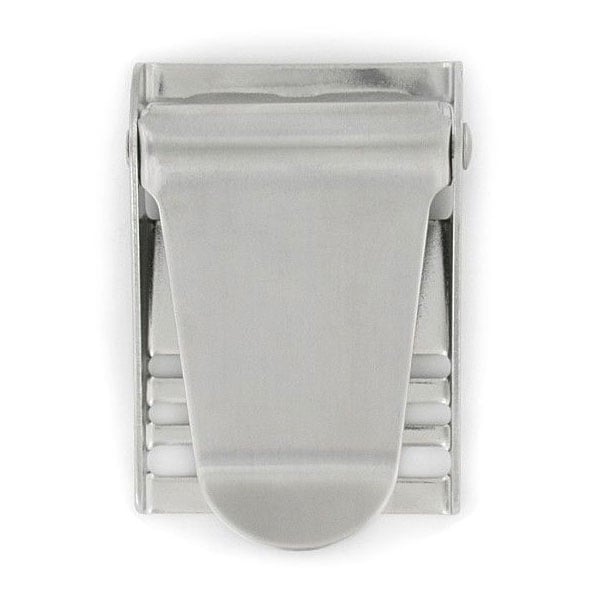 Belt Buckle - Sonar Deluxe Stainless Steel Weight Belt Buckle
Belt Buckle - Sonar Deluxe Stainless Steel Weight Belt Buckle
RRP: $20, Our Price: $15, You Save $5 (25%).
This Stainless Steel Quick Release Weight Belt Buckle is for use with 2 inch (50 mm) webbing. The three slot design means you can properly secure your weight belt or BCD waist belt in place, yet still be able to safely release it in an emergency. This premium metal buckle is the preferred heavy-duty pinned hinge design made from 316-series stainless steel, suitable for marine applications.
If you decide to use a weight belt, you will need to choose a belt style. You have several choices:
- Nylon Weight Belt that is very strong and long-lasting. Most rental scuba equipment use this style of weight belt because it's the cheapest.
- Rubber Weight Belt that is going to keep the lead weights firmly in their initial place, since they stick to this material very well. This weight belt style is popular with people freediving and spearfishing. The only disadvantage is that this type of belt is more fragile than a nylon belt.
- Marseille Weight Belt that's like a normal belt with holes and a belt buckle. It's intended for experienced divers since it's more difficult to release. Commonly used on rubber belts.
- Pocket Weight Belt where the belt has pockets to hold the weights. These are generally more comfortable and enable you to more easily adjust your weighting. We prefer this style of weight belt and use them for our rental equipment.
Best Pocket Weight Belt
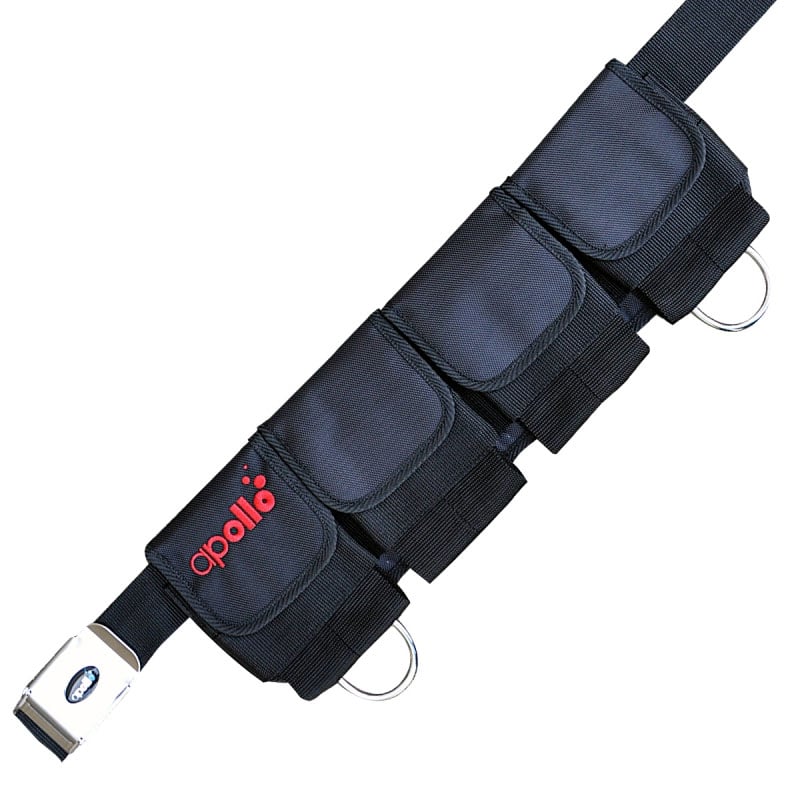 Apollo Comfo Pocket Weight Belt with S/S Buckle
Apollo Comfo Pocket Weight Belt with S/S Buckle
RRP: $89, Our Price: $79, You Save $10 (11%).
This Pocket Weight Belt includes a stainless steel, 3-slot, waist buckle, plus plastic D-rings on either side for attaching your dive accessories. There is also a rubber waist strip to prevent twisting and accidental slipping from the hips of the diver. Additional weights can easily be added or removed via the convenient Velcro closure weight pouches that accommodate hard or soft weights. We like these Pocket Weight Belts so much we use them for our rental weight belts.
Best Nylon Weight Belt
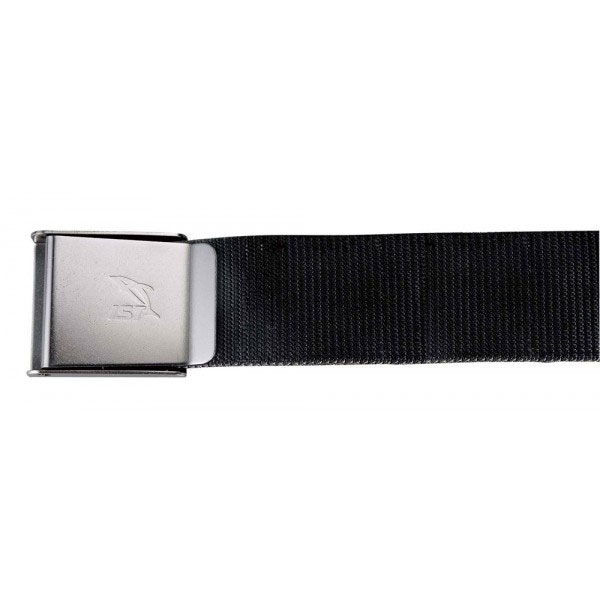 IST Proline Weight Belt with Stainless Steel Buckle - 150cm
IST Proline Weight Belt with Stainless Steel Buckle - 150cm
RRP: $24, Our Price: $19, You Save $5 (21%).
This Nylon Webbing Weight Belt with Stainless Steel Buckle is designed to last. The 1.5 metre long and 50 mm (2 inch) wide webbing is manufactured from a very hard wearing, high grade nylon for extra long life. It features a reliable, marine grade, quick release BB-3 Stainless Steel Buckle.
Best Rubber Weight Belt
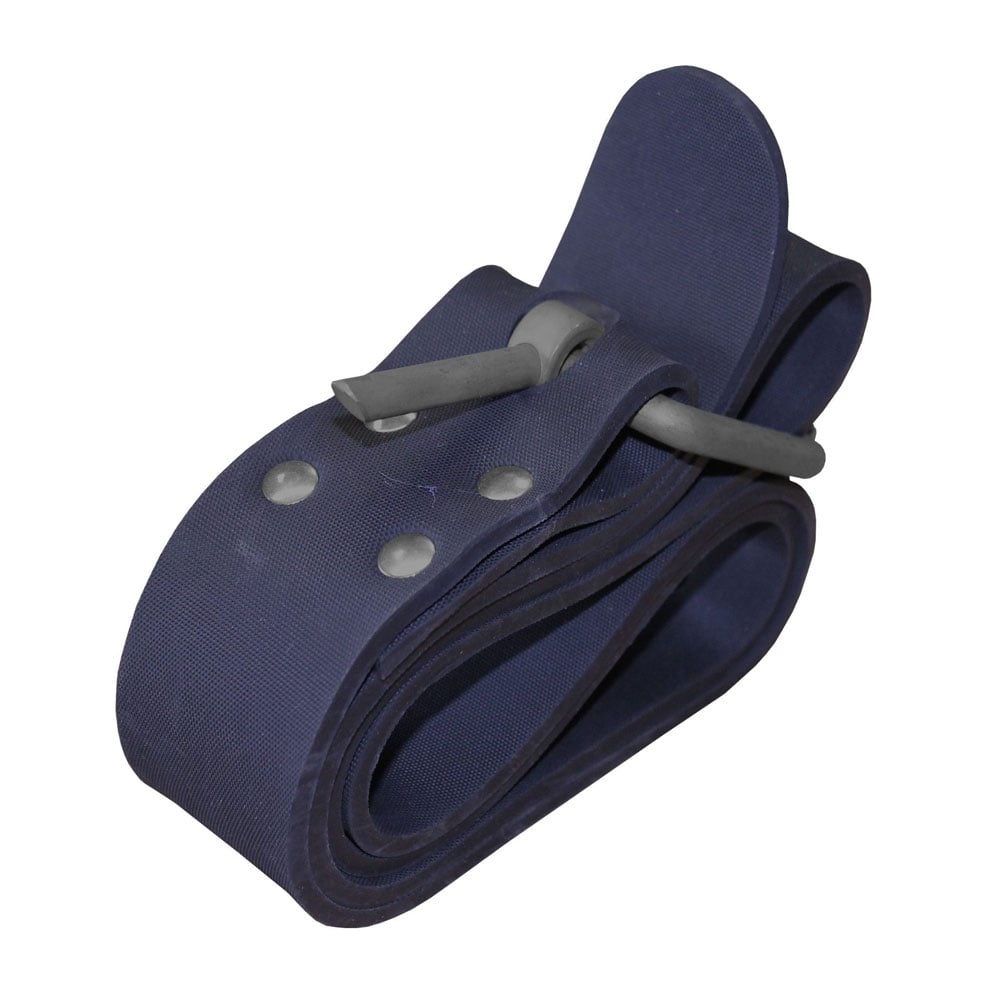 Reef Line Deluxe Marseillaise Rubber Weight Belt - 140cm
Reef Line Deluxe Marseillaise Rubber Weight Belt - 140cm
RRP: $69, Our Price: $65.50, You Save $3.50 (5%).
This Rubber Weight Belt is made of durable, French rubber and features a stainless steel Marseillaise buckle. These weight belts are comfortable and streamlined. The heavy-duty stainless, Marseille buckle is easy to use and lasts a lifetime.
Simply choose the weight belt style that feels most comfortable to you.
Please Note: If you wear a dry suit or dive in cold water with a thick 7+ mm neoprene wetsuit, you may need both an integrated weight system and a weight belt. This redistributes your weight more evenly for maximum control and comfort.
Freedivers and Spearos often prefer to use a rubber weight belt with a Marseillaise style buckle.
Weight Vests
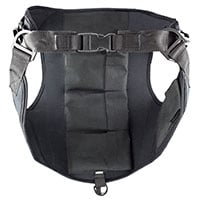
Weight VestSome people into Freediving or Spearfishing wear a Weight Vest as well as their weight belt. This enables them to move some of their dive weights from their waist to their upper torso.
The weight vest distributes the weight better over your upper body, particularly your shoulders and back. It also prevents pain around your hips and lower back. What's more, it makes the transition from the surface easier (duck diving). The weight vest doesn't replace a weight belt, but it takes some of the load off the belt and distributes your weights in a better way.
Best Weight Vest
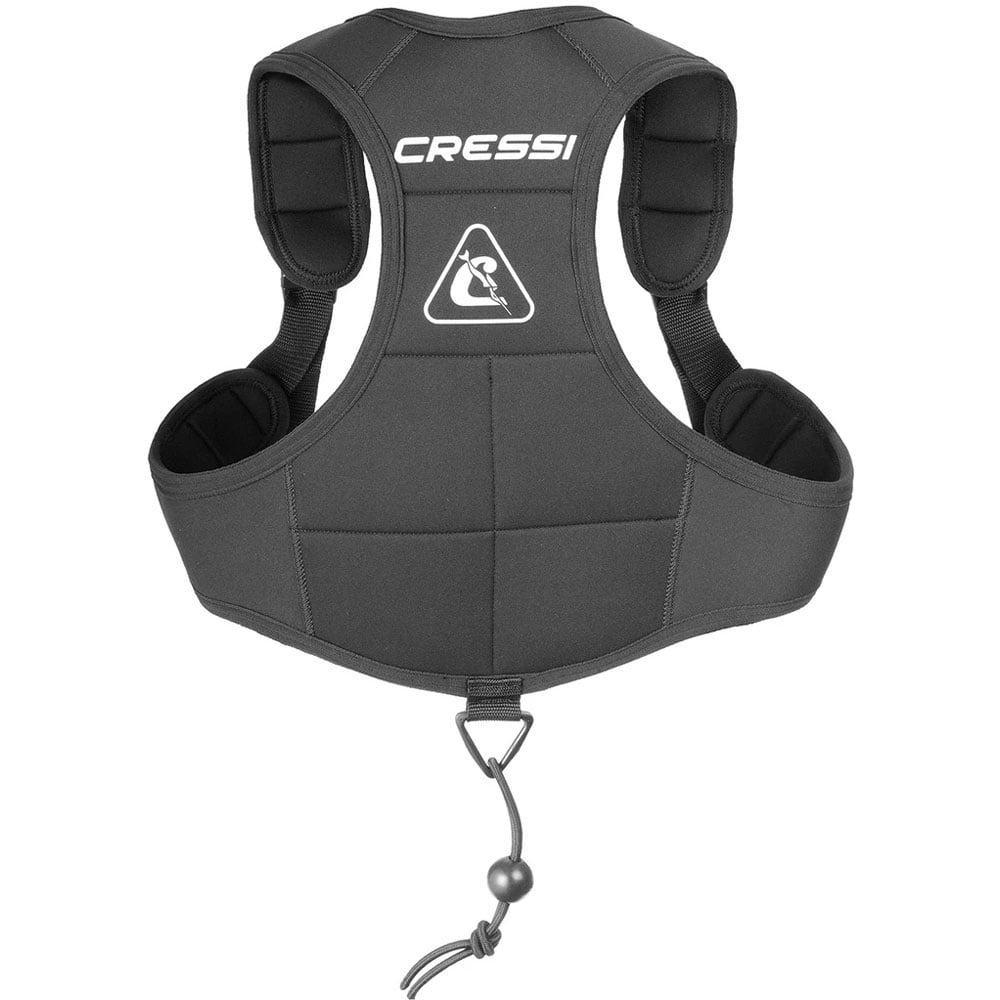 Cressi Weight Vest
Cressi Weight Vest
RRP: $90, Our Price: $81, You Save $9 (10%).
Incorporating a weight vest into your freediving or spearfishing setup is a great way to add weight directly on top of the most buoyant part of your body when you freedive — your lungs. This jacket style weight belt is worn like a backpack and helps to improve trim and stability in the water whilst diving.
Ankle Weights
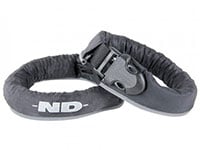
Ankle WeightsAnkle weights come in many forms but usually comprise of narrow rectangular or cylindrical neoprene or nylon pouches that are filled with lead shot as weight that allows the weight pouch to contour around the scuba diver's ankle, having a quick release buckle to attach and detach the weight easily. Ankle weights are always worn in complement to other kind of weights such as a weightbelt or integrated weights.
Ankle weights reduce leg and fin buoyancy and minimise the stress on a divers back for a more comfortable dive. Often divers find their legs floating upwards, and find it difficult to maintain buoyancy because of this. If your legs are too high then there will be increased drag which will slow you down and cause fatigue. Ankle weights are a good way to help you change your position in the water by redistributing your weight, reduce leg buoyancy and drag.
Divers that require a greater amount of weight often find it difficult to carry the lot around their waist, and so ankle weights help by allowing the diver to redistribute some of the weight to their legs. This is often a huge relief for divers with smaller waists or back problems that find it harder to carry all the necessary weight on a waist worn weight belt.
Drysuit divers frequently require ankle weights because the legs of a drysuit are filled with air. The result is that the legs want to float up automatically so ankle weights add negative buoyancy to the ankles and help bring the legs down into a correct horizontal position.
Best Ankle Weights
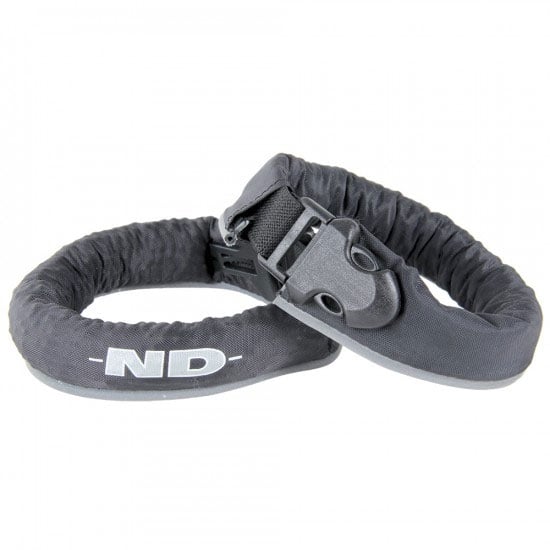 Northern Diver Ankle Weights (Pair)
Northern Diver Ankle Weights (Pair)
Our Price: $79
This pair of Ankle Weights weights are designed to reduce leg and fin buoyancy and minimise back stress for a safer, more comfortable dive. Ankle weights are an important part of a diver's total weighting system.
Weight Pockets
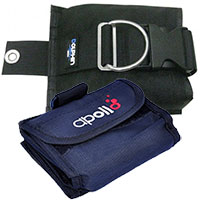
Weight PocketsScuba divers using harness and wing BCDs often use Weight Pockets as a substitute for BCD integrated weights.
Other scuba divers often use small Trim Weight Pockets that are placed in positions other than a diver's weight belt or integrated waist weight pockets.
As the weights in some weight pockets and trim weight pockets cannot be removed in an emergency, it is important that the majority of a diver's weight is still worn on a ditchable weight belt or in removable weight pockets integrated into the BCD that can be taken off in case of an emergency ascent.
Best Weight Pocket
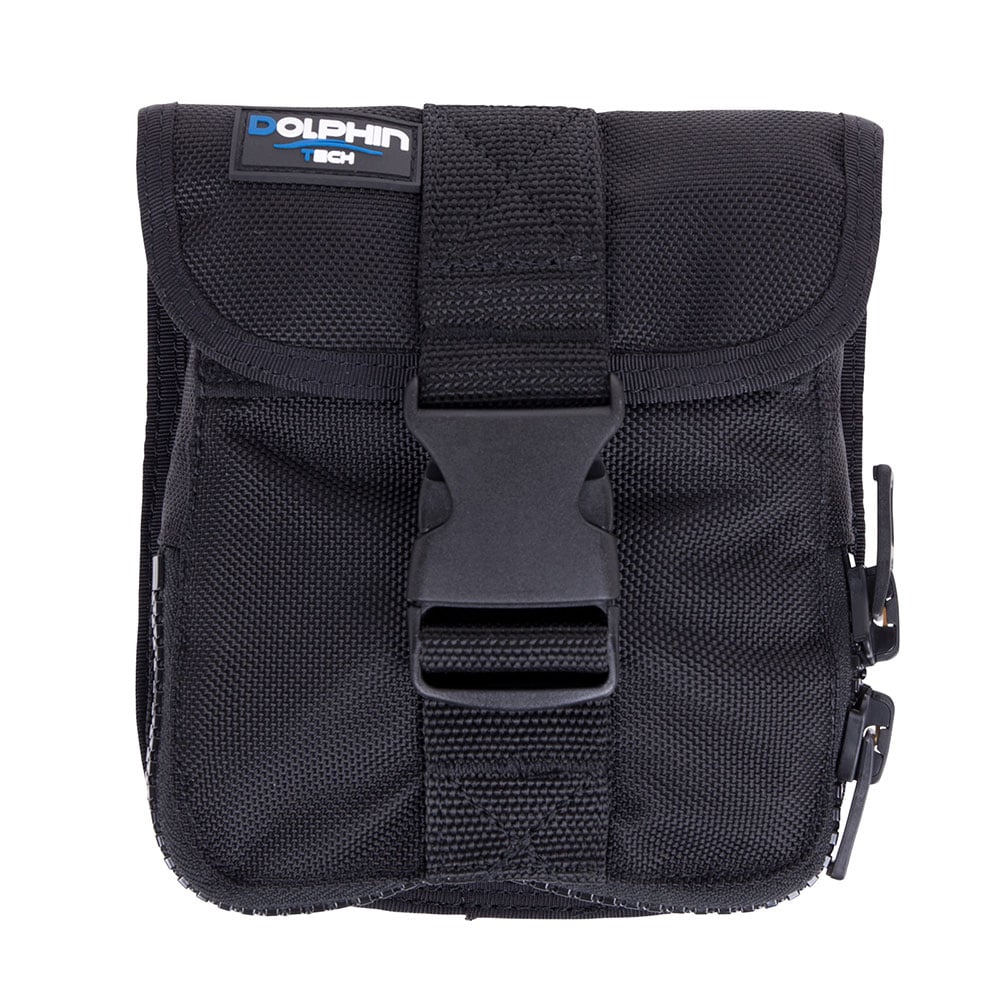 Dolphin Tech BCD Weight Pocket - 4kg
Dolphin Tech BCD Weight Pocket - 4kg
RRP: $45, Our Price: $35, You Save $10 (22%).
This Weight Pocket provides a secure place on a technical BCD for up to 4 kg of weight. Once mounted, it will not interfere with any movement while diving and the simple, fail-safe quick release mechanism works every time.
Best Trim Pocket
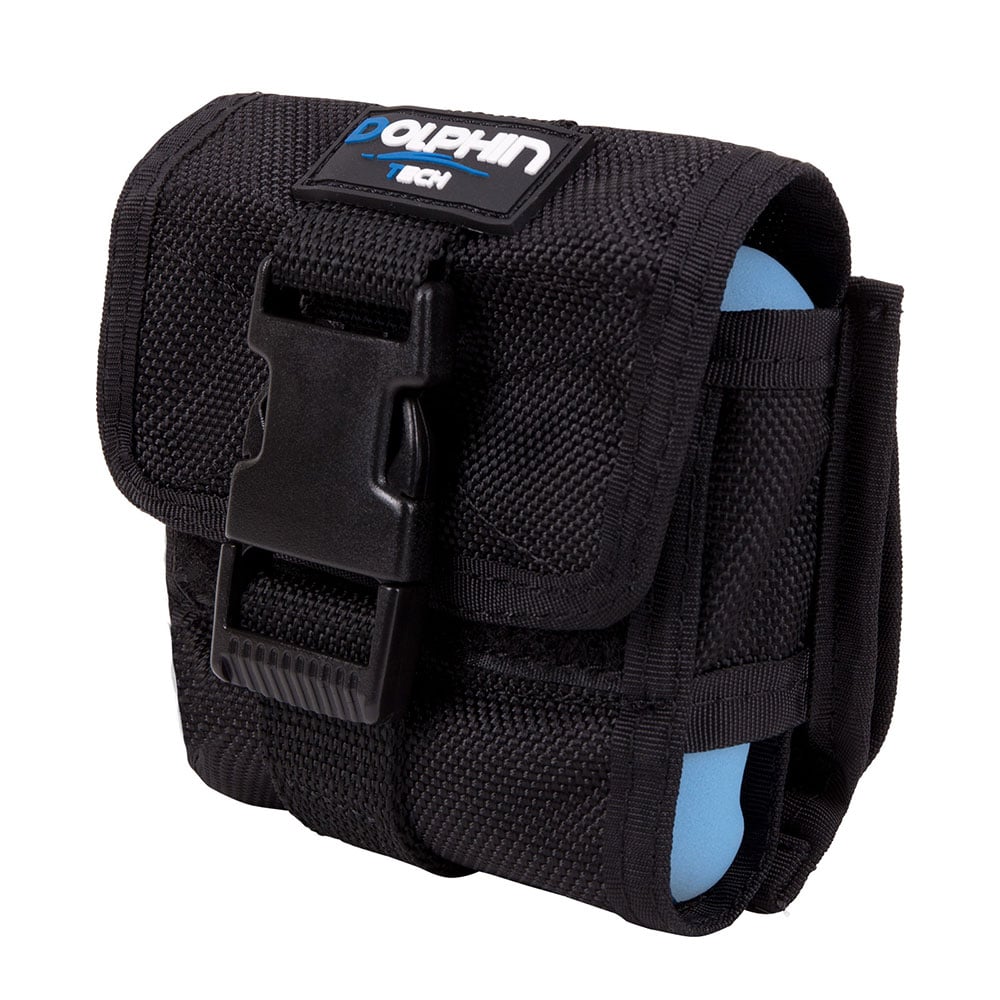 Dolphin Tech BCD Trim Weight Pocket - 2kg
Dolphin Tech BCD Trim Weight Pocket - 2kg
RRP: $21, Our Price: $15, You Save $6 (29%).
This Trim Weight Pocket is ideal to attain perfect buoyancy and trim via its use on your BCD or weight belt webbing, or your tank cam band. The weight pocket is held closed by a sturdy quick-release buckle. In an emergency, weights can be jettisoned by squeezing open the quick release buckle.
Check out the full range of Weights Pockets available in our online dive shop.
Tech Tip: Get the Lead Out!
Adding weight is rarely the solution to a trim problem. In many cases, just removing excess weight from the waist belt will reduce the size of the compensating gas bubble and is often a better approach to adjusting trim. However, sometimes the amount of weight is correct but it needs to be redistributed to correct a trim problem, particularly if aluminium cylinders or drysuits are involved. Proceed cautiously and try to remove weight somewhere else when adding a trim weight because in many cases the diver already has too much weight and adding weight, even trim weight, just makes the problem worse. See also Perfect Scuba Diving Weighting.
Dive Weight Types
As for the weights themselves, there are a few different types as well:
Hard Lead Weights
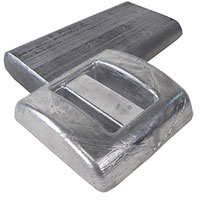
Hard Lead WeightsJust like most things, hard weights have their advantages and drawbacks. Hard weights are made from lead or plastic-coated lead. The plastic coated weights are typically considered more comfortable than their non-coated counterparts. They're less abrasive on wetsuits, more environmentally-friendly and more durable.
There are two styles of hard weights — Weight Ingots and Slotted Weights.
Weight Ingots are used in the Integrated Weight pockets of BCDs, in the pockets of Pocket Style Weight Belts, and in the pouches of separate Weight Pockets.
Slotted Weights are designed to slide on and off of the 50 mm (2 inch) nylon and rubber webbing of Weight Belts. Sometimes weight belt keepers (weight retainers) are used to stop slotted weights moving on the weight belt.
The advantage of using hard weight based systems is the fact that they can easily be changed. Simply by sliding the weights on and off of the belt, or taking them out or putting extra in weight pockets, you can adjust the amount of weight you carry on a dive-by-dive basis.
The disadvantage of hard weights is many divers find them uncomfortable and cumbersome. The are a rigid form and, thus, cannot assume the shape of the person wearing them.
Check out the locally produced Hard Lead Weights available in our online dive shop.
Soft Lead Weights
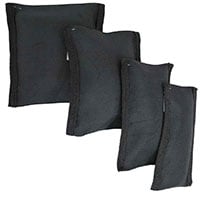
Soft Lead WeightsSoft Weights are also known as Shot Weights mould around the diver's body much more easily than solid lead weights. Soft weights are typically lead shot in a mesh pocket. Divers who favour soft weights appreciate the fact that the weight pouches easily assume the shape of the diver. They shift slightly as the diver moves, which can also add to the comfort factor.
Each lead shot pellet is individually coated to protect it from erosion. Without this coating, the lead shot would erode in salt water and form a powdery lead chloride. This can be harmful to marine life so you do need to make sure you only use coated lead shot in your diving weights.
Check out the locally produced Soft Lead Weights available in our online dive shop.
Loading Your Weight Belt
If you're using slotted hard weights on a nylon or rubber weight belt, this video from Cressi shows you how to put the weights on properly.
How to correctly load your weightbelt
Affixing Slotted Dive Weights
On nylon weight belts the slotted weights can sometimes move around. There are various ways in which slotted hard lead weights can be affixed securely in position on your dive weight belt.
- Weight Clips
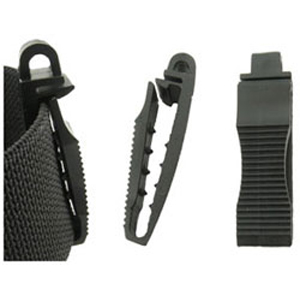 Sonar Black Plastic Webbing Lock Clip - 5 cm
Sonar Black Plastic Webbing Lock Clip - 5 cm
RRP: $2, Our Price: $1.50, You Save $0.50 (25%).
Weight Clips are excellent to use for securing dive weights and are easy to adjust when removing or adding weights. Clips should be placed on each side of the weights where slippage is undesirable. At least one weight clip should always be placed in front of the weight nearest to the excess end of the weight belt to prevent all weights from sipping off the belt. - Belt Half Twist
On classic slotted block dive weights you can put a half twist in the belt as it's threaded through the weight. This will prevent slippage as well as making it easy to change or move weights at a later date. - Weight Retainers
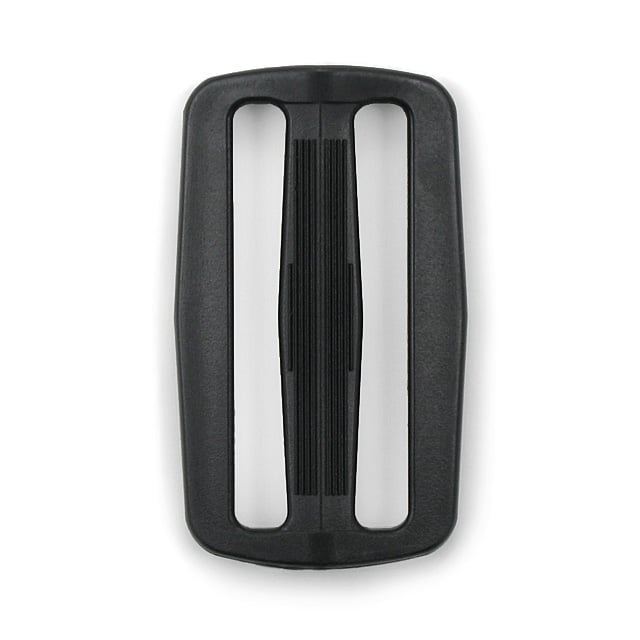 3-Bar Belt Slide 50 mm (2 inch) - Plastic
3-Bar Belt Slide 50 mm (2 inch) - Plastic
RRP: $2, Our Price: $1.50, You Save $0.50 (25%).
Two slot plastic or metal, plain or serrated Weight Retainers are also an excellent method of keeping dive weights in place.
Weight Increments
Weights also come in different increments. Typically the Metric system increments are 0.5, 1.0, 1.5 and 2.0 kg. Imperial system increments of 1, 2, 3, 4, 5, 6 and 8 pounds are also common.
Having many different weight increments allows you to reach a better level of buoyancy and trim, by having the option of utilising many different amounts, rather than just one or two. For example, you may need a few 0.5 kg weights and then two 1.0 kg weights and some 1.5 or 2 kg weights. Whatever combination you need, you can most likely reach the successful weight, by mixing and matching the different sizes.
The reason for carrying more blocks instead of fewer heavier weights is dual-fold:
- Firstly, it helps the diver achieve an easier horizontal trim my redistributing the weights. You won't be rolling and pitching underwater, additionally the even distribution doesn't put too much weight on your back or hips which can cause discomfort.
- Secondly, is to allow for minor corrections or easy removal of weights to correct your buoyancy should you need to shed a few pound by handing them to your dive buddy/master/instructor.
We recommend getting your weighting right to the nearest 0.5 kg.
You can check out different kinds of diving weights we have available in the Diving Weights section of our online dive shop.
Dive Weight System Fine Tuning
Finally, once you know the essentials, such as how much weight you need to use and what kind of system you prefer, you may start fine-tuning your setup. Here are a few tips to help you with that:
- Keep record of your weight system. Keep track of what does and doesn't work, noting the dive conditions, what suit you wore, how much weight and where, if you seemed to heavy or light. All these details make it easier to make changes in the future. Even if you think you have your weight set up just right, keep taking notes in case your situation changes. You could change equipment, your weight could change or the dive conditions could (and will!) change. The more information you have, the more likely you are to get it right.
- Ensure weight is spread around your body correctly. The fist step to getting weight distribution is to get neutral buoyancy. Once you have this, you can then try keeping your body horizontal and see if your legs try to float or sink. If your legs float too much, add some ankle weight. If you find that your mid-section is sinking too much, you may need to reduce the weight in your weight belt and move the weight elsewhere. If you find that you are sinking on one side or being “rolled over” try moving weight from one side of your body to the other or spacing the weight more evenly.
- Dive conditions change requirements. As Some water conditions like switching to saltier water may require more weight. Check the conditions of the water ahead of time and try to keep a written record of the changes in your weight requirements based on different conditions so you have the best chance of estimating your weights correctly.
- Learn about "weight dumping". There may come a time when you need to quickly gain buoyancy and one way to do that is to drop some of your weight. The most common weight system is a weight belt so start there. Learn to slide your hands along your weight belt until you feel the buckle to release it, as it may have rotated around your body during the dive. If you are using other weight systems, ensure you have understood and practised removing this weight in case of an emergency.
- Ask experienced divers. Some divers assume their weights are correct after their first course which can lead to under or overweighting for months or even years! If you aren’t certain the weight set up is correct or have changed any equipment, make sure that you test your weights. If you aren’t sure, ask someone who is experienced, the divemaster on a trip, or come in and talk to our friendly staff.
Getting your weight correct may seem difficult but with research, diligence, and planning you’ll be off and racing in no time. We also offer a Peak Performance Buoyancy course that will give you all the tools you need to master your dive weight and buoyancy needs.
You can check out different kinds of diving weights and belts in the Weights / Belts section of our online dive shop.

